We live in a fragmented information age where too much information is leading to a lack of attention. In this attention economy, social short-form video platforms, a new form of social networking sites – the concise and rich short video form have become the focus and popular among youth and adolescents. Its low-cost and easy-to-forward and share features meet the current fast-paced life of people’s desire and demand for social interaction. There are many short-video platforms e.g. YouTube and Facebook that allowed video content creation, but it was TikTok that truly democratized the art of making and sharing videos, and made it an utterly fun thing.
What makes Tik-Tok a phenomenon, a subculture?
TikTok was the most downloaded app in 2020, an online quarantine refuge that captured the imagination and attention of more than a billion active users around the world. Matthew Brennan, author of “Attention Factory: The Story of TikTok” has dived deep into the success of TikTok in his book. Matthew’s book is a chronicle of TikTok’s journey, touted to be the most far-reaching exploration of its kind. Matthew mentions the rise and fall of short video sharing apps e.g. Vine and Musical.ly and how the original version of TikTok – Douyin leveraged the power of Bytedance’s flagship app – Tautiao.
I would like to analyze this story from the product building perspective i.e. which users’ behavior gave rise to short-video sharing platforms, what were users expecting from these platforms and what problem these platforms were solving, and how TikTok itself stood out as a leader in a highly cut-throat environment. Let’s begin…
Online Videos Consumption Shift – 15 secs fame culture
With the advent of mobile – as screens got smaller, time and information became fragmented, content consumption became bite-sized and access to information became bountiful. Users started consuming information (news, videos, photos) in chunks, whenever they get time.
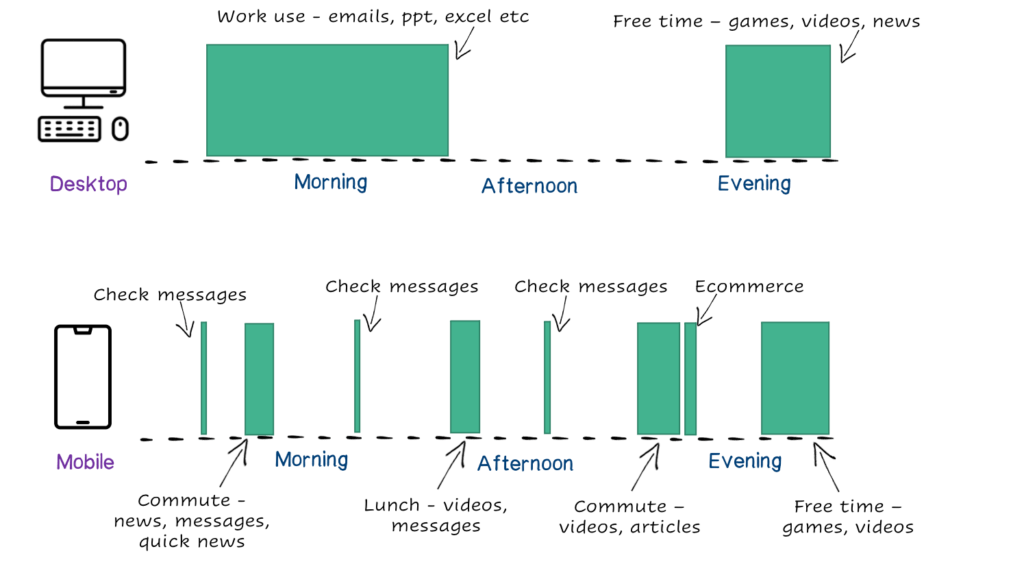
Short-videos was the format of information consumption that was quickly created and shared, as many times as possible during a day.
TikTok Product Discovery
In 2013 – when Vine and Instagram incorporated 6-second and 15-second video-sharing capability on its respective platforms, a French startup – Mindie – launched a new format of short videos. Full-screen video with menus and minimal information on the top of the videos as overlays. And switching videos using swipe-up action.
This new format of video consumption led to great engagement from the users as going from one video to another held a sense of surprise and anticipation. Reason – employment of variable rewards. The objective of variable reward – is to keep the brain occupied as it is busy finding the patterns (read more about variable rewards here).
In 2014 – Musical.ly was launched with the same format videos along with the music. Adding music to videos was like adding filters to pictures on Instagram. What made Musical.ly so popular? It lowered all the barriers of content creation for users i.e.
- It lowered the Technical barrier – creating a video didn’t need to be technical one. Just select and add music, add text, and use recording function – video is ready to be shared.
- It lowered the Creative barrier – no photography skills are needed (e.g. Instagram photos), no creative pressure to create text message (e.g. Twitter), no glamorous life needed.
- It lowered the Motivational barrier –urge to participate was high due to sense of immediacy and being a part of wider community.
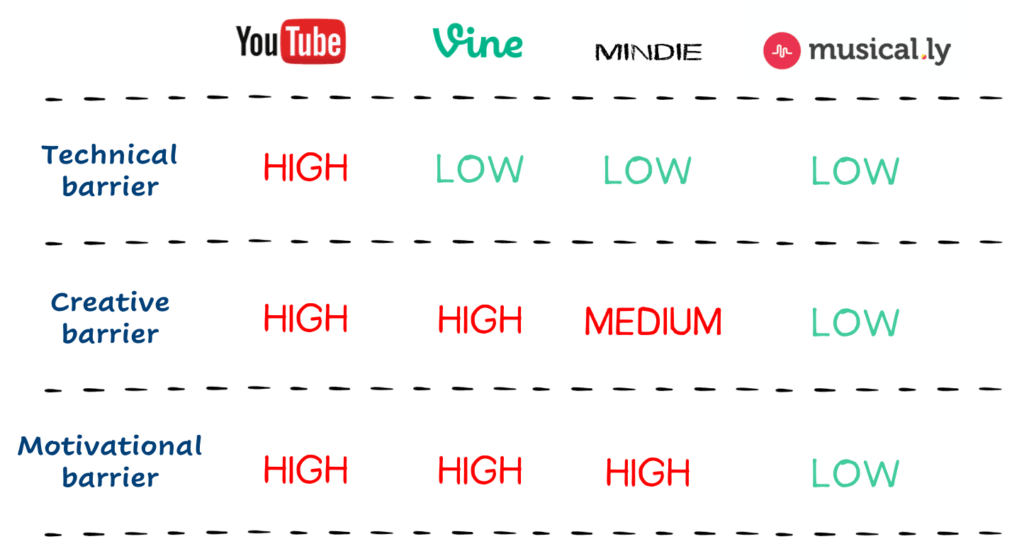
Musical.ly was a tool, a utility tool – that helped users make short lip-syncing videos, and export it on other platforms. Being a utility tool allowed Musical.ly to get its foot in the proverbial door and gave it a chance to leverage this initial traction to build something bigger.
(utility tools can either become social platforms by building leveraging social graphs or become content platforms by having a rich ecosystem of quality content creators, or both. E.g. Youtube is a great content platform but suffering as a social platform, whereas Musical.ly has a great social graph, not a variety of great content)
Tautiao – ByteDance flagship app
In 2012 – a few years before this short-videos platforms trend started – Zhang Yiming, the founder of ByteDance, started the news aggregation app – Tautiao (Today’s Headlines), to make information and people more widely and efficiently matched. What made Tautiao one of the most successful apps in China? – its recommendation engine.
Tautiao’s Recommendation engine
With the rapid progress in the field of AI, content distribution became highly efficient, matched with users’ interests. When the user opened the app, he read top-read articles, next was click-bait articles appealing to specific demographics to test and determine who the reader was – supplementing the guesswork with user basic information (device model, location, time of the day, etc). Tautiao’s recommendation engine worked on allocating recommendation value to distribute the content, based on the following approach:
1) Content profiles – news articles, videos.
2) User profiles – age, gender, behavior traits etc.
3) Environment profile – where the content was consumed and how etc.
Recommendation value changes as users interact with it and decrease over time as the content become out of date. The recommendation engine helped increase the Retention rate to +45%. With its powerful recommendation engine, Tautiao changed the shift from people looking for information to information looking for people.
Enter Tiktok (Douyin)
Before we understand how Tiktok arose, lets first look at the “Information distribution on Platforms”
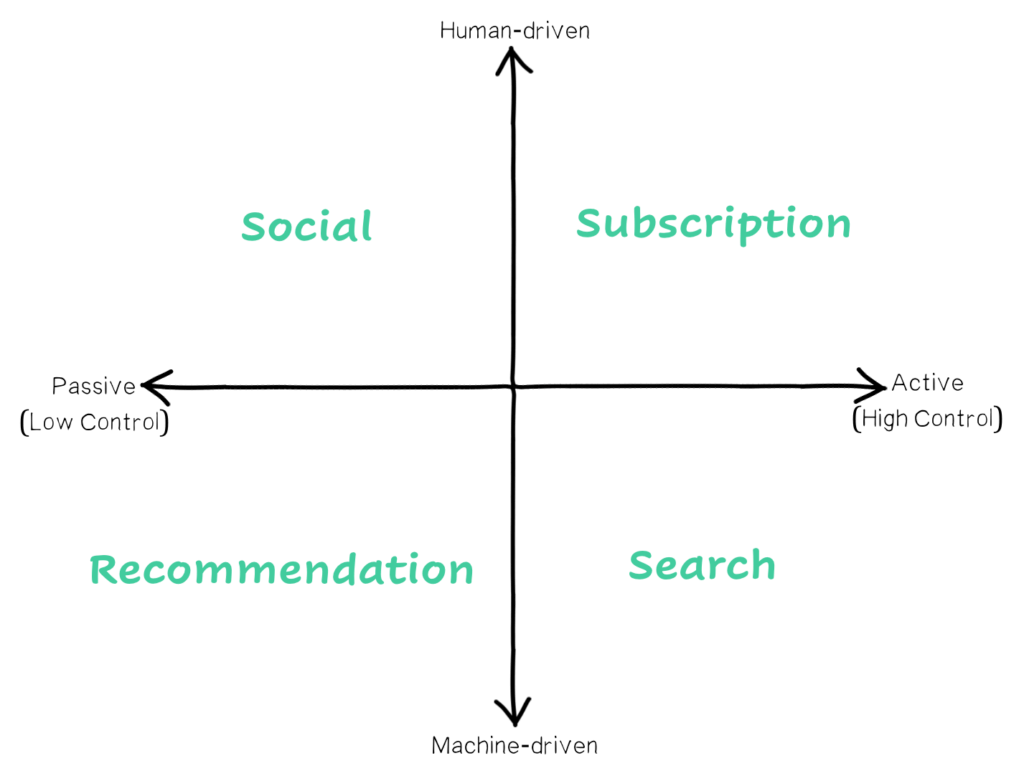
Information is consumed by users from the platforms as demanded by them. Some users demand the information actively and want to have full control over it. These users get information via following ways:
1) Search: Users indicate the intent through a search term. This is a very machine-driven content/information distribution method. Google was leading this space.
2) Subscription: Users like journalists, professionals, etc seek the information they desire into their inboxes. This is a human-driven content distribution method where users manually curate the information sources (emails, RSS, newsletter etc).
Whereas there are users who demand the information passively (many times information finds users, rather users find information). These users get information via following ways:
1) Social: Users share content in a decentralized manner with the social network(s). This is a very human-driven content distribution method, dependent upon the connections user has. (facebook, Instagram etc)
2) Recommendation: Users don’t have straightforward requirements of information, their preferences are inferred based on their content-consumption behavior. This is a highly machine-driven content method – various machine learning algorithms are employed to determine the right content for the right users. (Tautiao)
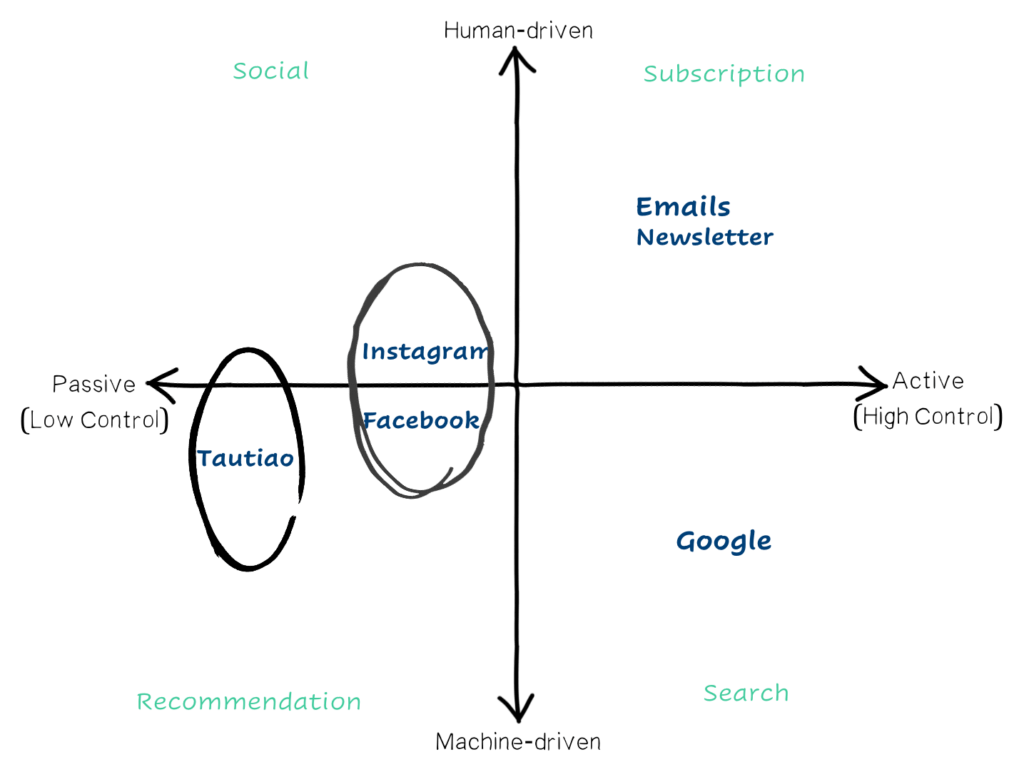
Douyin arose in 2016 from a systematic process of experimentation within the ByteDance organization. Douyin (means “Shaky beat”) was launched with the same front-end concepts like existing products at that time (Musical.ly, Dubsmash, Mindie, etc) i.e. add music, add text, and use recording function, but the reason it got quick user acquisition and retention due to following reasons.
TikTok drivers of success:
1) Awesome Infrastructure: full-screen HD videos, music, special effect filters, personalized recommendation.
2) Tautiao (and ByteDance other apps) Back-end Support: Already existing interest graph leveraged. Users were identified and their behaviors were matched from ByteDance’s other apps – giving the retention score for further resources allocation.
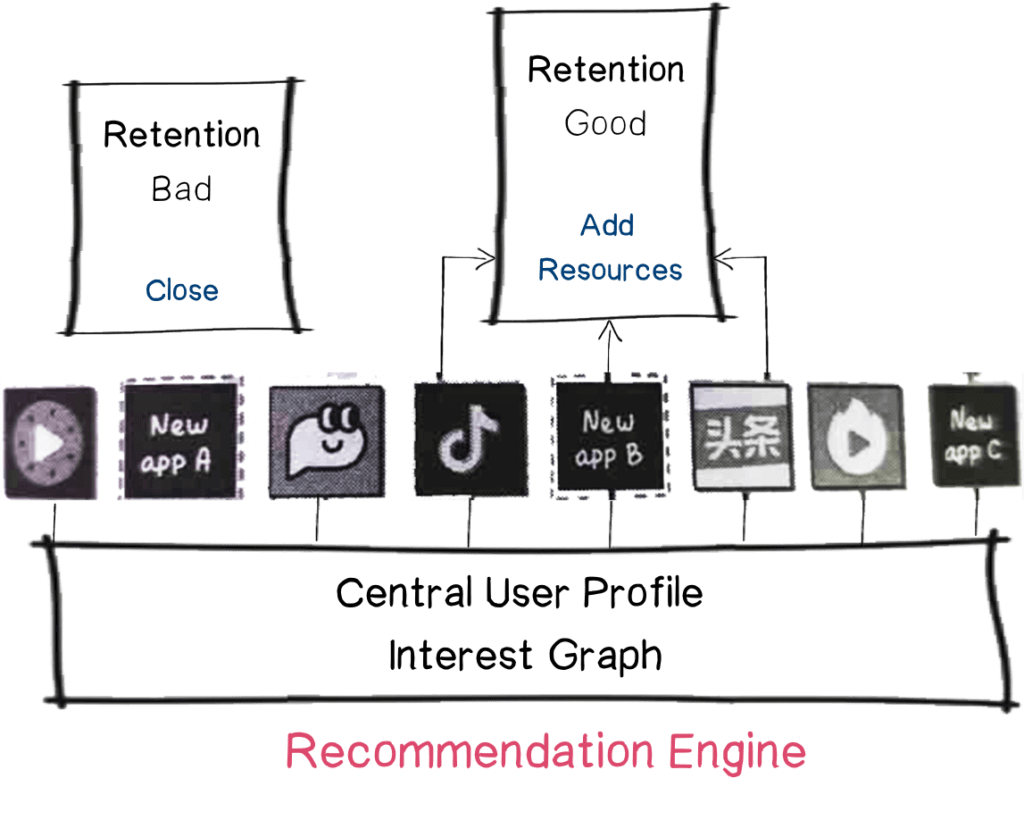
3) Power of recommendation – Users were allowed to experience the app without commitment i.e. no registration needed (asking someone to create an account before they even knew if they liked the app was putting a horse before the cart). Top recommended videos were shown to newly onboarded users -> making them curators very conveniently. Curators build their own following very quickly -> giving them opportunities to monetize their content (creator’s fund). The powerful recommendation engine was able to create curators for long-term quality creators successfully.
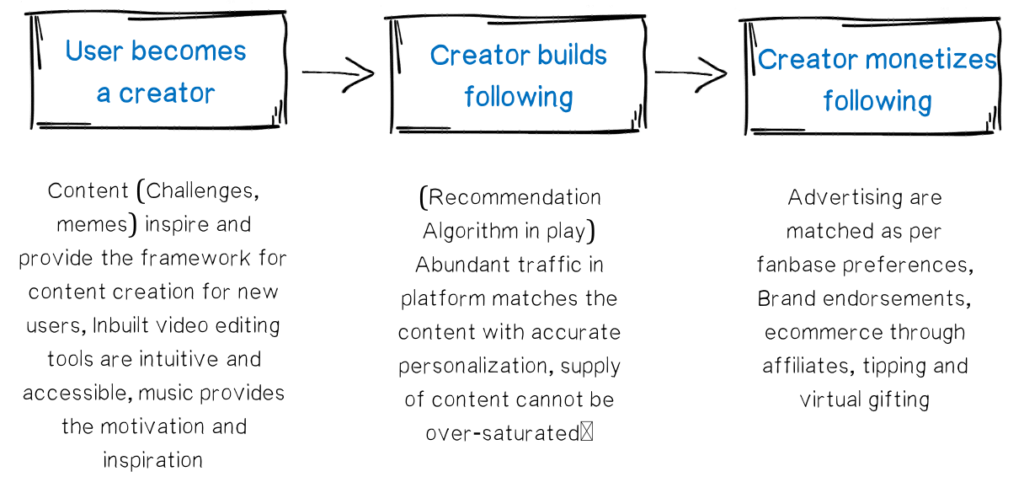
4) Positioning – Record beautiful life. Tiktok democratized not only just content creation but also content broadcast – users were able to easily express themselves creatively and make content online. TikTok did so by lowering all the barriers i.e. technical, creative, and motivational barriers, with strong back-end support. TikTok worked successfully for users as there was no need to a) register an account (Instagram), b) there was subscribe to channels (youtube), c) add friends (Facebook), or d) expend mental effort choosing which piece of content to consume (Twitter).
TikTok USP
To understand how TikTok differentiated itself from its competitors and stood out in the cut-throat market, let’s understand the Pyramid theory of Communication technology (by Evan Spiegel).
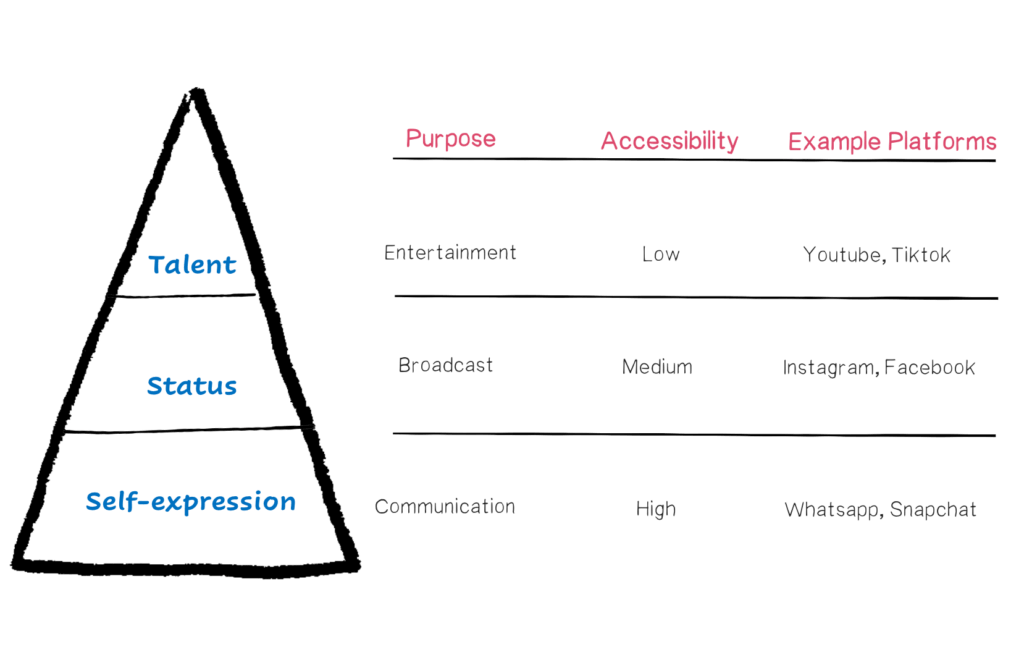
Pyramid theory of Communication technology
1) Self-expression: At the base level, users want to express themselves while communicating at ease with their friends and network. Whatsapp was the platform where users were comfortably communicating with each other, while Snapchat was a platform where users were expressing themselves to their close network without any pressure of content staying on the platform forever.
2) Status: Platforms like Instagram were enabling users to brag about their lifestyles and broadcast status, while platforms like Twitter talk about current status while broadcasting what are they doing or what’s happening.
3) Talent: This is where the mass media was going to discover the entertainment of their choice. Users need to just show their talent (lip-syncing with background music on TikTok, or dance/sing/any artistry on Youtube). Tiktok was able to lead this space because of its accessible and intuitive interface that made content creation so easy for everyone that TikTok became the eventual place for people to zone out and relax. This was TikTok’s moat.
Ad Monetization on TikTok
Vision was simple – integrating personalized ads based on users’ data leveraging the same proprietary recommendation technology behind the app’s content targeting.
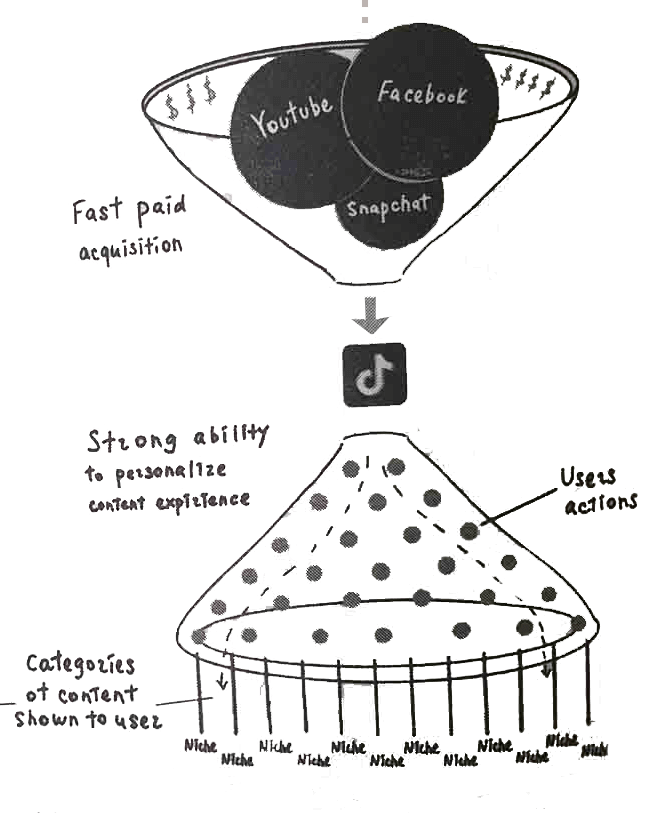
TikTok was acquiring new users from Facebook, Google, Youtube, etc at a much faster rate. It was then accurately and efficiently matching those users with niche content (including ads) based on their personal preferences.
References:
“Attention Factory: The Story of TikTok” by Matthew Brennan

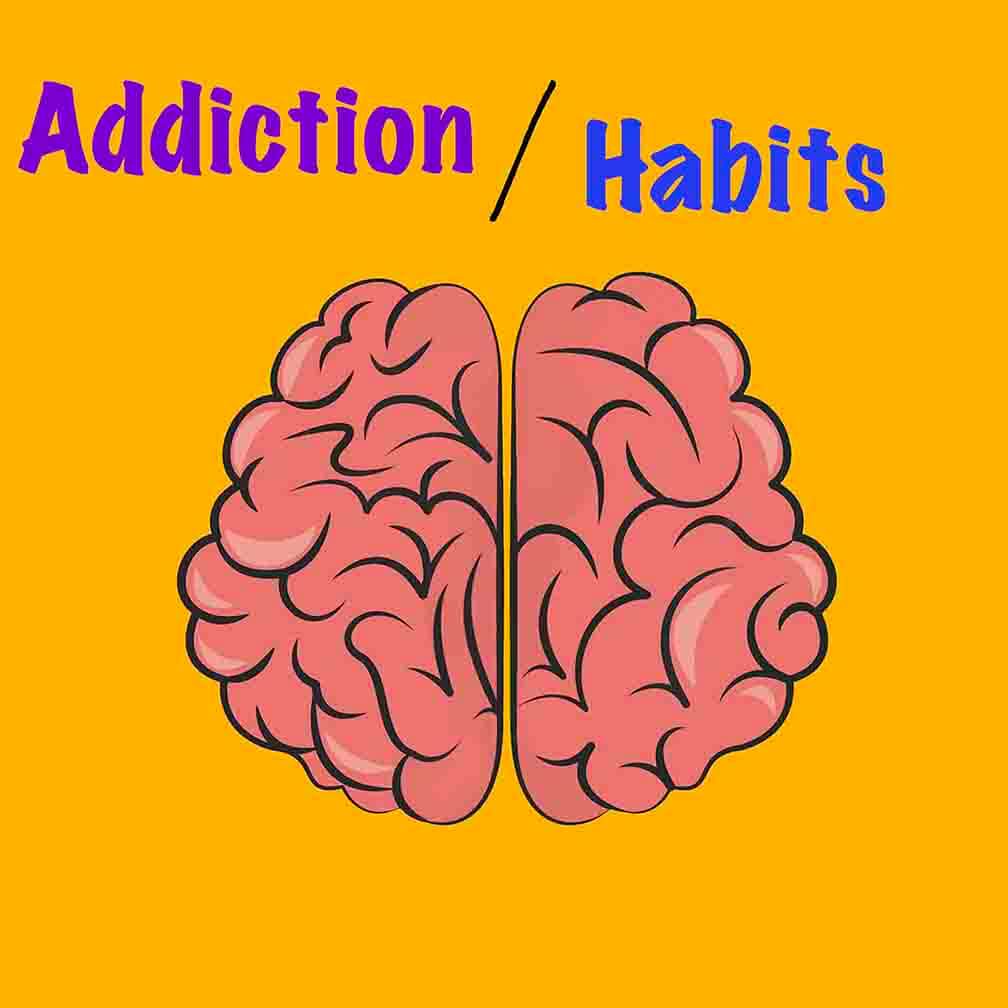
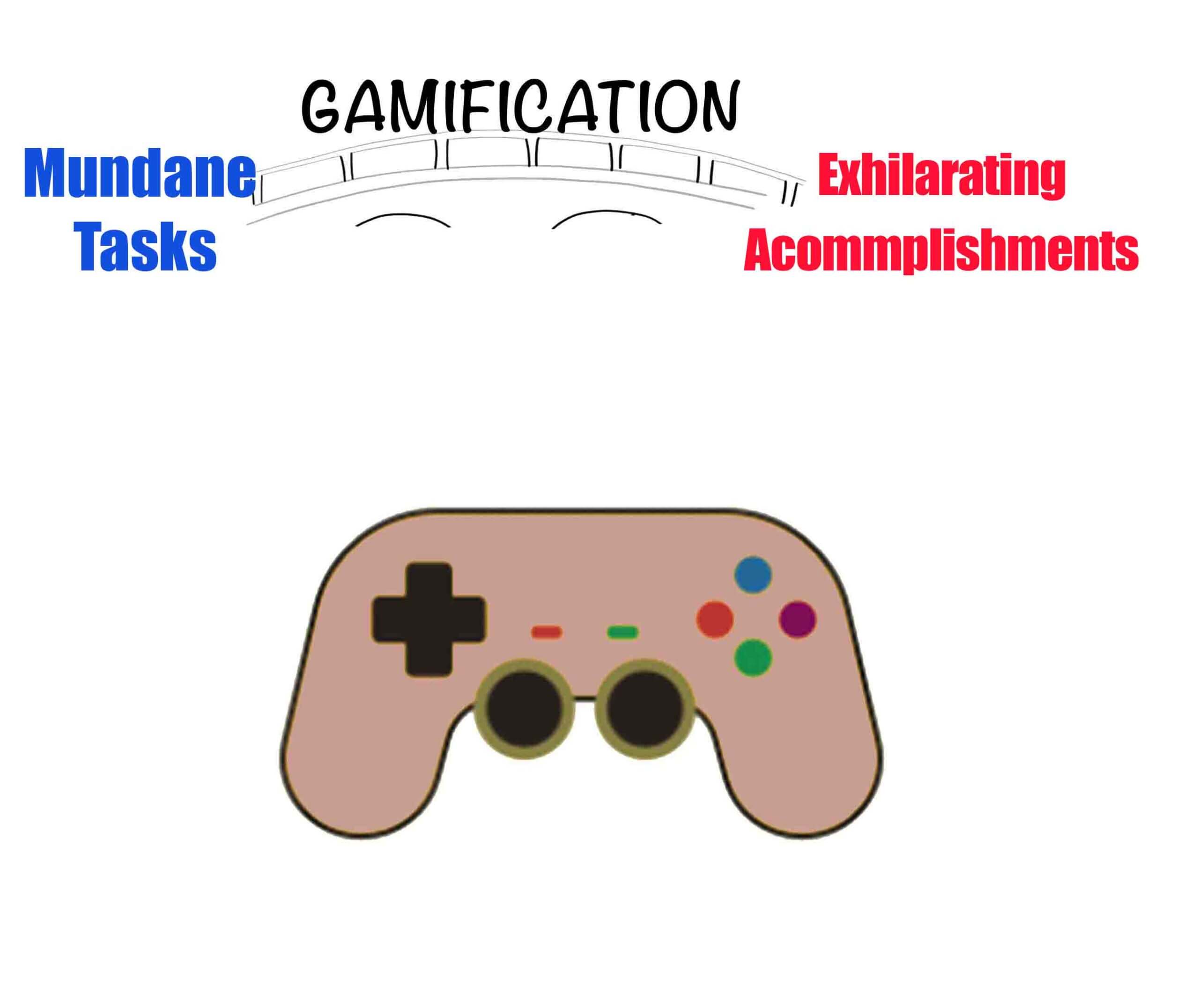
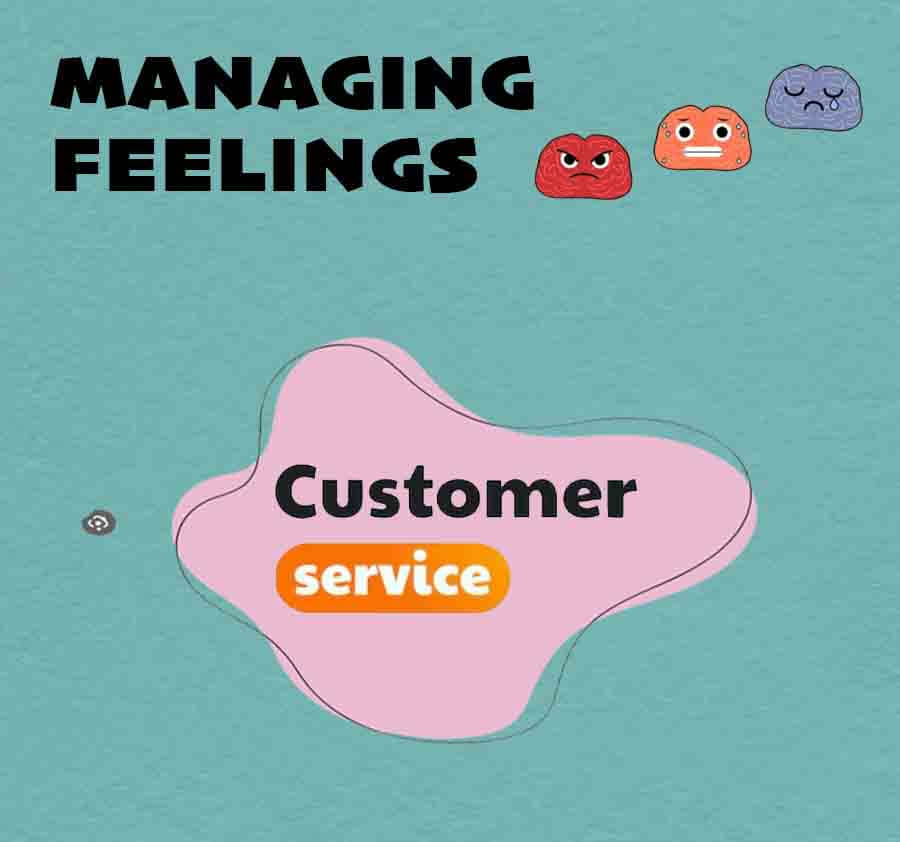

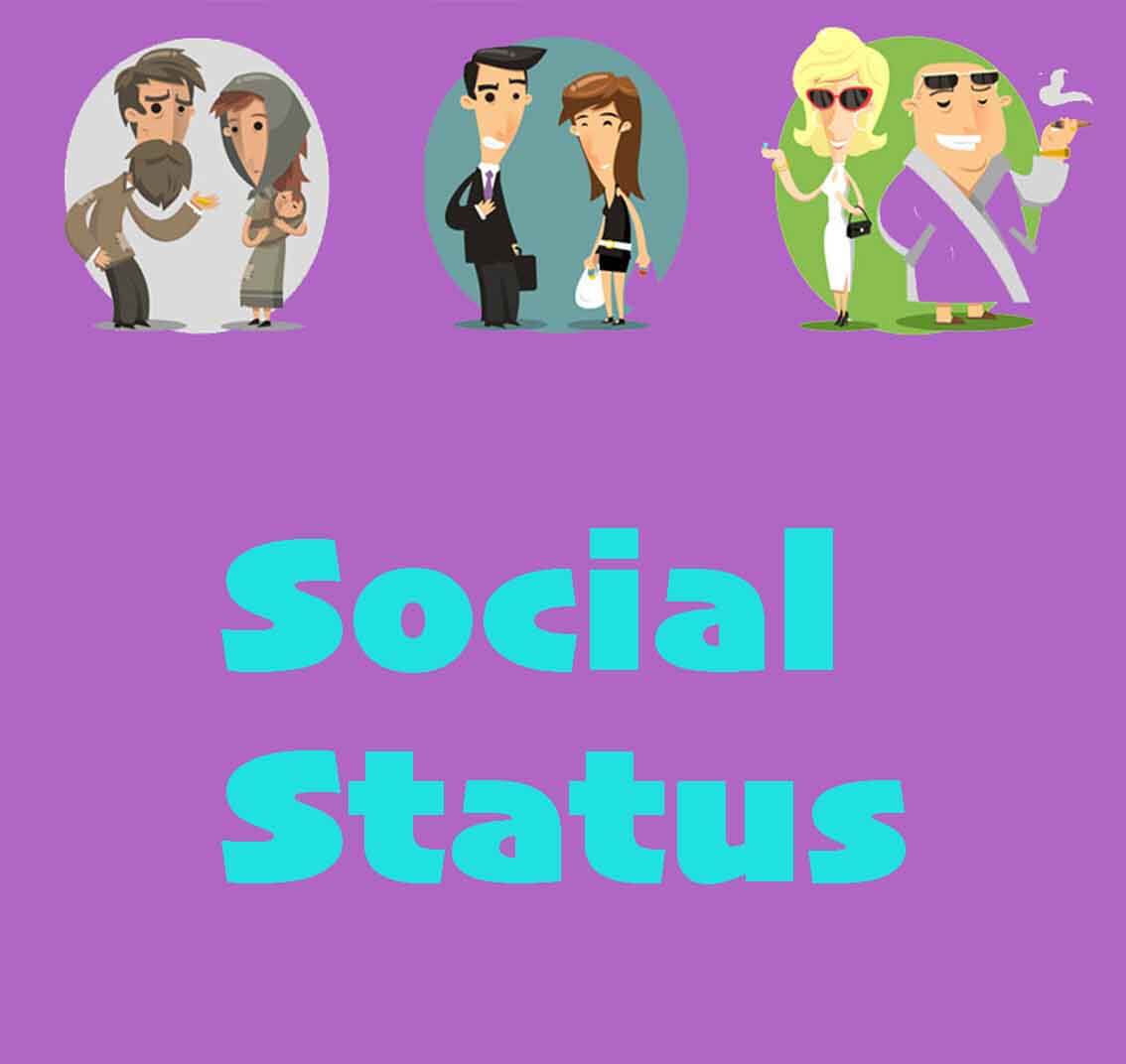
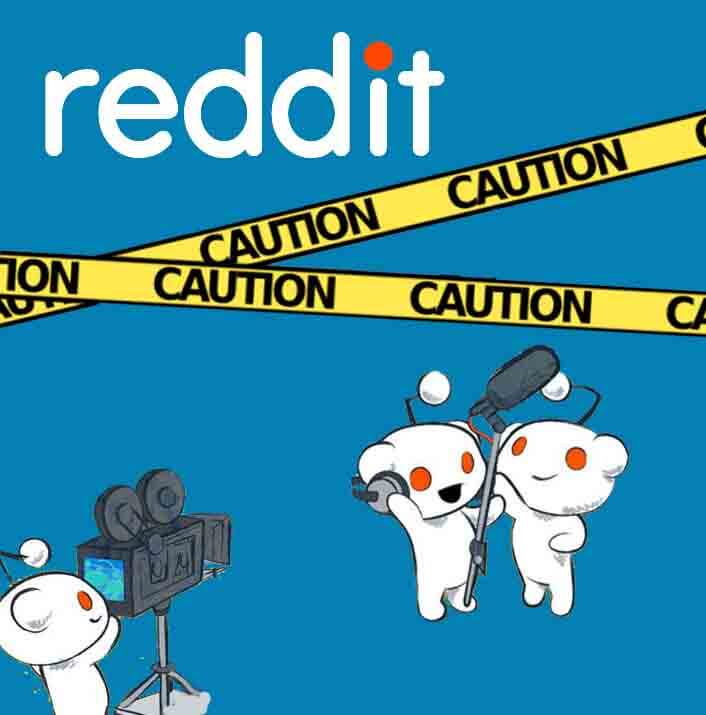
 Swipe for more stories
Swipe for more stories
Comments